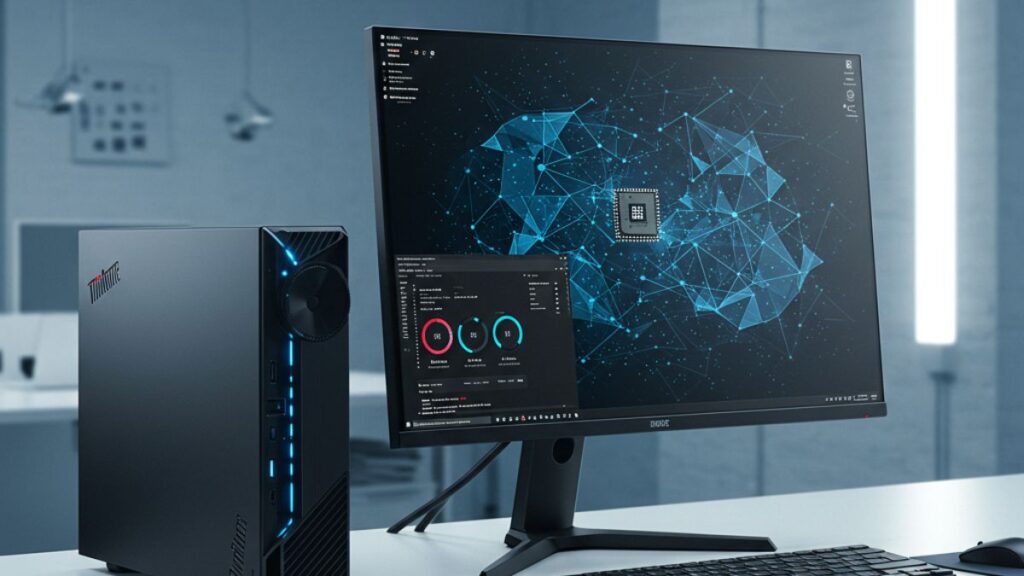Business success essentially boils down to awareness of potential risks and making good decisions to avoid or mitigate those risks. The businesses that do this well thrive, while businesses that fail in this area struggle. To make effective decisions, though, you first need to have all of the relevant details and information.
The same thing is true for cybersecurity. Security teams are tasked with protecting an increasingly complex and sprawling attack surface against an overwhelming volume of potential threats. With limited resources to work with, it’s crucial to prioritize the issues that pose the greatest risk or have the most significant potential impact.
It’s also a moving target. The security posture of systems and data in the environment is dynamic and constantly changing. Unfortunately, the security and infrastructure management tools organizations rely on are typically siloed from one another and generate generic reports and remediations that make it even more difficult.
The challenge we need to address is being able to automatically correlate the information from the various platforms and tools, sift through the noise to filter out the information that matters, and continuously identify areas of concern to provide the intelligence necessary to make better decisions.
Better Decisions
Jim Rohn expressed it well, “It is the set of the sails, not the direction of the wind that determines which way we will go.”
In other words, the wind is the wind, and you can’t control it. But you can decide how to respond to it and work with it. Likewise, in the context of business or cybersecurity, there are many factors that are universal—they apply to all organizations equally. The economy, the technology ecosystem, the threat landscape, conditions within a specific vertical or market segment, geopolitical influences, weather events, and more affect everyone. The difference is in the decisions you make.
Having all of the relevant intelligence and insight available enables you to see the big picture. Many organizations are playing tic-tac-toe with threat actors—constantly scrambling to react and make the next move. A better approach is to view cybersecurity like a game of chess—understanding the strategy and tactics of your opponent and thinking 10 steps ahead before you make your move. With the right context and perspective, you can see all of the potential moves and outcomes and focus resources to take actions that matter to prevent checkmate.
Context and Perspective
Context is a crucial element of understanding and prioritizing risk. Not all vulnerabilities are exploitable. Not every exploitable vulnerability is being actively targeted. Not every actively targeted vulnerability has the potential to result in material impact for your organization.
Asking, “Are we vulnerable to this?” is not very useful. What you need to know to make more effective decisions is, “Is this vulnerability exploitable, and what would the impact be if it was successfully exploited in my environment?”. We developed our Decision Intelligence Center capability to solve this problem by providing security teams with all of the insight and information necessary to make effective decisions in one place.
A list of vulnerabilities that exist in your environment is not helpful. A list of vulnerabilities that existed in your environment yesterday is even less helpful. You need to know where those vulnerabilities exist in real-time, what controls or mitigations are in place, and what the impact could be so you can assess whether a given vulnerability should be a priority on a continuous basis.
Cybersecurity is about mitigating risk. Making better decisions enables you to allocate resources better to address the threats that matter. Make sure you have all of the necessary context and insight so you can continuously make effective decisions that deliver better exposure management.




Comments are closed.